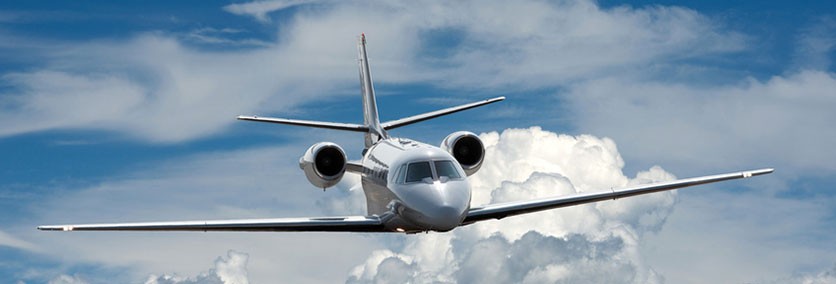Aviation EU ETS
The EU Emission Trading Scheme (EU ETS) is a tool designed to monitor and limit emissions. It is the cornerstone of the EU's strategy for cutting greenhouse gas (GHG) emissions cost-effectively and is the world's largest scheme for trading CO2 emissions.

Overview
The EU's ratification of the Kyoto Protocol requires total emissions of greenhouse gases in the EU to decrease to 92% of their 1990 levels in the 2008-2012 period.
By 2020, the EU’s objective is to achieve at least a 20% cut in emissions from the 1990 level, and possibly up to a 30% cut if a global agreement is reached.
The EU ETS initially concerned big industrial emitters only. In November 2008, the directive 2008/101/EC including aviation in the EU ETS was passed by the European Parliament. Aviation ETS became the first ETS specifically designed for the aviation sector.
Aircraft operators affected by Aviation ETS either need to cut down their own emissions, trade emissions in the European market, or invest in emission reduction projects internationally, whichever approach is the most cost-efficient.
In 2009, aircraft operators included in the scheme had to prepare, submit and implement annual emissions and tonne-kilometre monitoring plans.
Since the start of the first monitoring period on 1 January 2010, aircraft operators must monitor their aircraft emissions according to their approved monitoring plans, the EU regulations and the national legislation of their Administering Member State.
In April 2013, for the first time aircraft operators had to surrender carbon allowances that corresponded to their verified 2012 annual emissions.
What is covered?
The legislative framework driving the EU ETS is the ETS Directive. For Aviation, this directive requires that all flights which depart from or arrive in an aerodrome situated in the territory of a Member State shall be covered (full scope). Note that “Member State” must be read as “European Economic Area (EEA) State”.
Under the current legislation, the full scope is required only for determining if an aircraft operator is included in the EU ETS and whether it is considered a “small emitter”.
For monitoring and reporting of emissions and for surrendering allowances, the “reduced scope” applies.
Current reduced scope
- All flights between EEA Member Countries (and territories of EEA States)
- All flights within the same outermost region
- All flights between EEA Member Countries and offshore installations of EEA Member Countries that are outside territorial waters (e.g., oil and gas production or exploration platforms)
- Flights from EEA to Switzerland
- Flights from EEA to the United Kingdom
De-minimis threshold
If below this threshold, the aircraft operator is excluded from the EU ETS:
- Commercial air transport operators operating either:
- fewer than 243 flights per period for three consecutive four-month periods, or
- flights with total annual emissions lower than 10 000 tonnes CO2 per year (current full scope), or
- if no any intra-European Annex I flight (reduced scope)
- Non-commercial aircraft operators operating:
- Flights with total annual emissions lower than 1 000 tonnes per year (*), or
- If no any intra-European Annex I flight (reduced scope)
- The threshold applies until 31 December 2030
- The threshold has to be evaluated on an annual basis.
Simplified procedures:
Certain aircraft operators are eligible for simplified monitoring, reporting and verification procedures (Small Emitters Tool – SET or the Support Facility – ETS SF by Eurocontrol). These are called Small Emitters. There are two different small emitter thresholds:
- Commercial air transport operators operating either:
- 25 000 t CO2/yr (full scope)
- 3 000 t CO2/yr reduced scope
- Non-commercial aircraft operators operating:
- 25 000 t CO2/yr (full scope)
- 243 flights per period for three consecutive four-month periods.
> For more information, read our F.A.Q.











